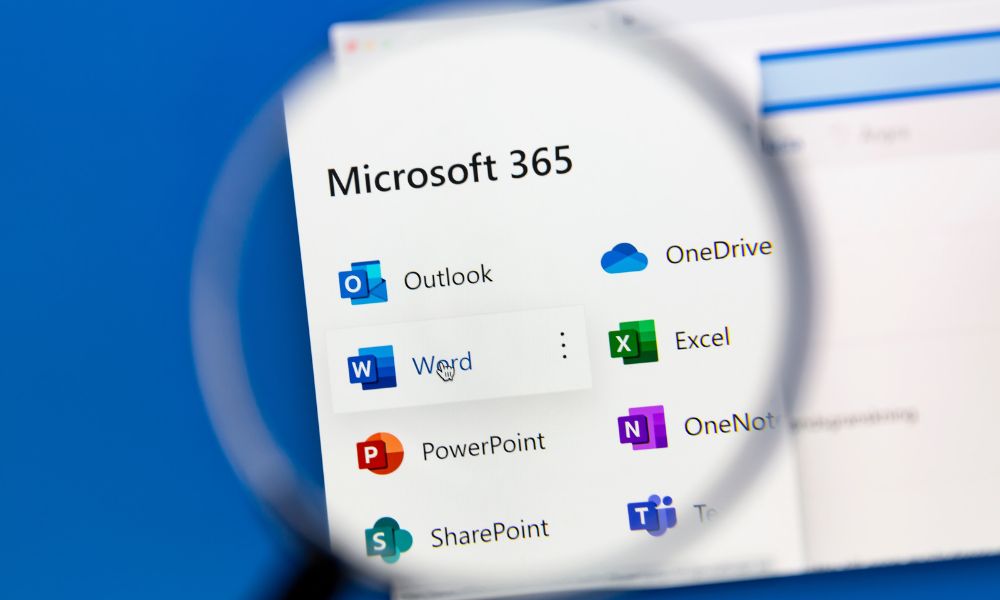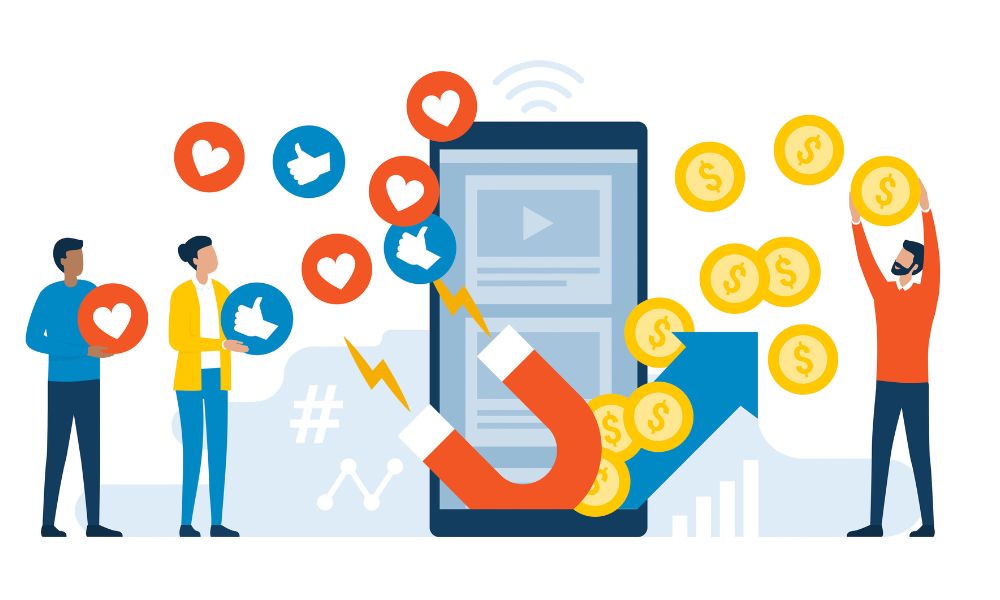Digital Remarketing – What is it and Where Does it Fit Within My Digital Strategy?
Did you know that an average of less than 4% of visitors convert before leaving a website? This means that the other 96% of potential customers who visit your site are doing almost nothing for your business. So, how do you bring them back and turn them into paying customers? Digital remarketing is likely the answer.
What is Remarketing?
Put simply, companies use remarketing to bring back customers who previously interacted with them. It’s a dependable way to build familiarity and keep people engaged with your brand. Companies such as Zendesk and Intel report a whopping 1317% return on investment thanks to the 30% increase in conversion rates that remarketing brings.
Remarketing involves tracking users who visited your website or used your app and displaying ads to them on other websites, apps and social media platforms. It’s the digital equivalent to entering a competition to win a car and being called by dealerships a few weeks later with offers for “consolation prizes.”
Difference Between Remarketing and Retargeting
In the past, remarketing referred to re-engaging with users through email campaigns, while retargeting referred to using ads that follow people around on other websites. Today, the terms are used interchangeably, as remarketing is basically any method of marketing to users who have previously seen your brand.
Remarketing Methods
You can track your users to remarket your brand to them in a variety of ways. If they visit your website or use your app, it’s done through their user ID, mobile advertiser ID or browser cookies. You can also retarget users with their contact details or social media profiles.
There are namely two ways to run remarketing campaigns. You can use third-party services such as Perfect Audience and AdRoll to target multiple advertising networks through one tool. The main downside here is that it tends to be more expensive. Your alternative is to use the self-serve option.
This allows you to make use of self-serve tools offered by Facebook Ads and Google AdWords to directly manage your campaigns. It usually takes longer, but you have more control and it’s generally cost-effective, hence why it’s the most popular remarketing method.
Remarketing on Social Platforms
Social media networks are an ideal place to run remarketing campaigns, as there are a variety of ad formats on offer and a massive number of users to advertise to. When a user visits your website, your retargeting partner will use a cookie to track them. Based on their actions when they were on your site, they will be served ads on social media accordingly.
As your partner learns more about how visitors use your website, they can improve the way ads are displayed to them. For example, if you sell both shoes and clothing on your website and a user spent most of their time browsing your shoe section, the ads served to them when they leave will predominantly feature the shoes they were looking at.
Remarketing on Google Products
To remarket your brand to users on Google’s search results pages, you can tailor your bids and keywords to stay connected with them when they continue looking for what they want. A similar concept applies to YouTube, where remarketing lists are created based on actions such as a user’s liked videos, channel subscriptions and playlist additions.

You can also use the Google Ads “Display Network” option to create a highly customisable campaign that displays ads across a variety of websites. Once again, this factors in a variety of criteria to make your ads more effective, such as your visitor’s demographics, location, where they were in the checkout process, time spent on your site and much more.
Remarketing is an excellent option for just about any business. It’s much more affordable than most other advertising methods and provides a significant increase in conversions. Contact NECL for more information.








